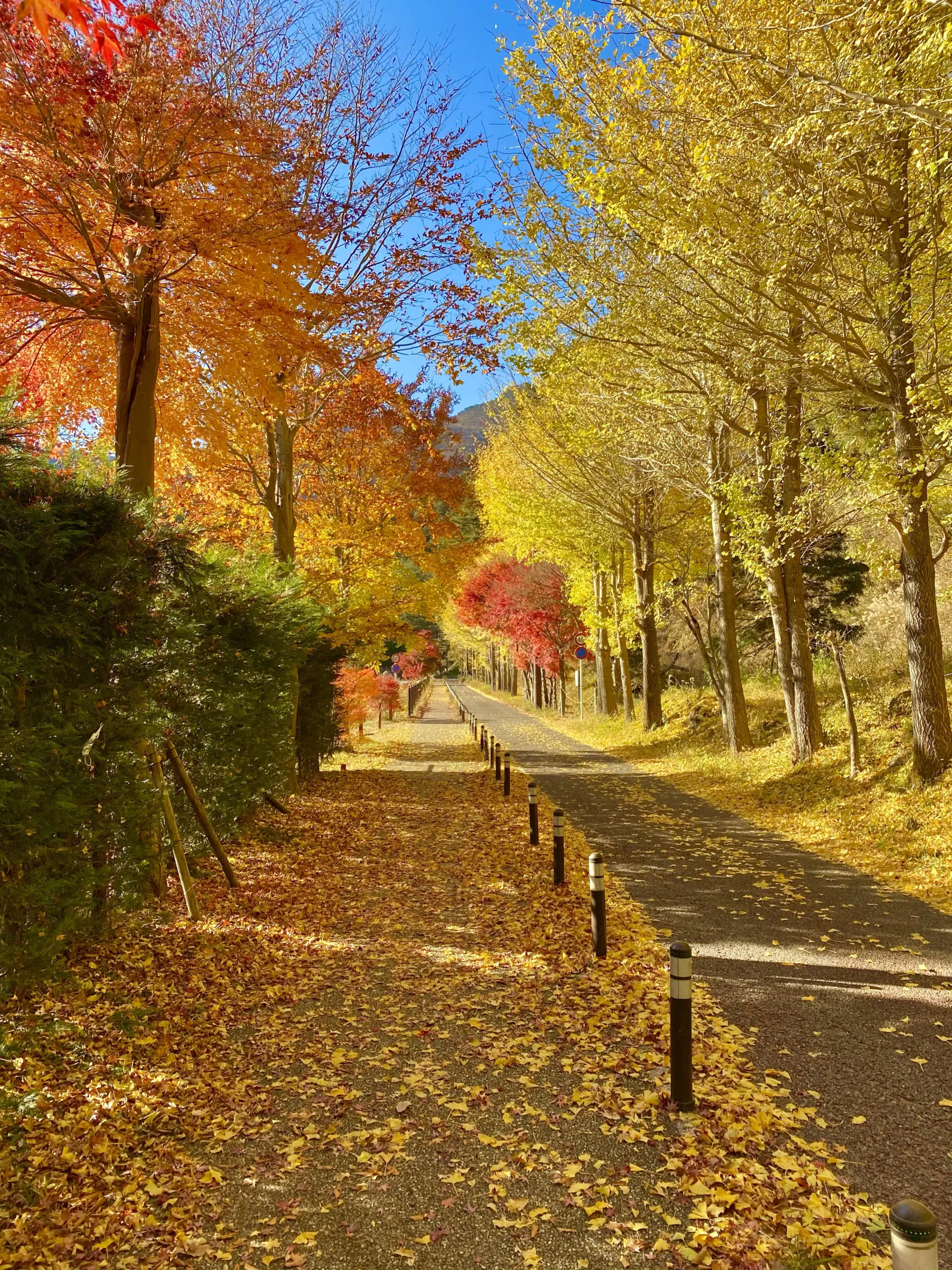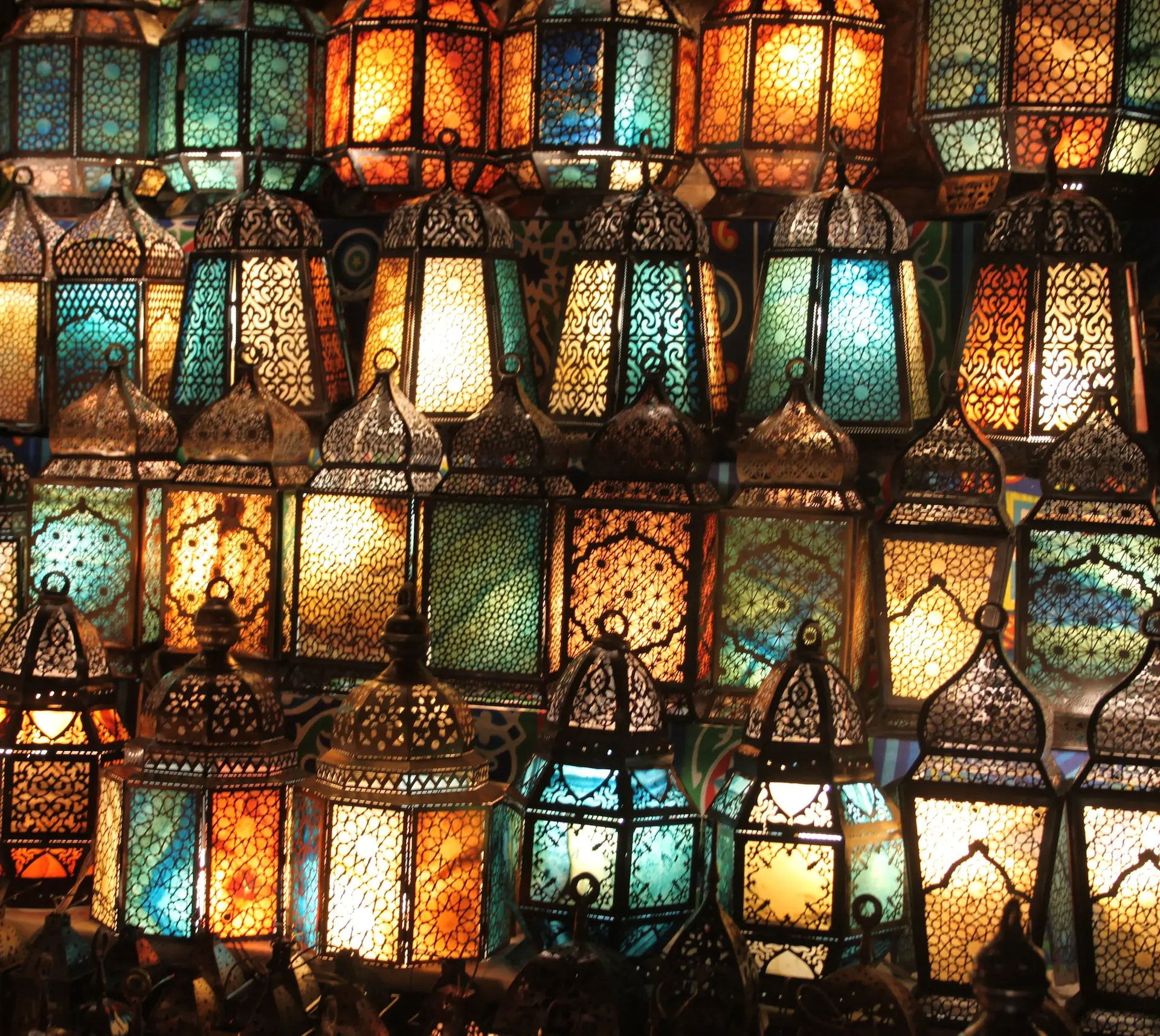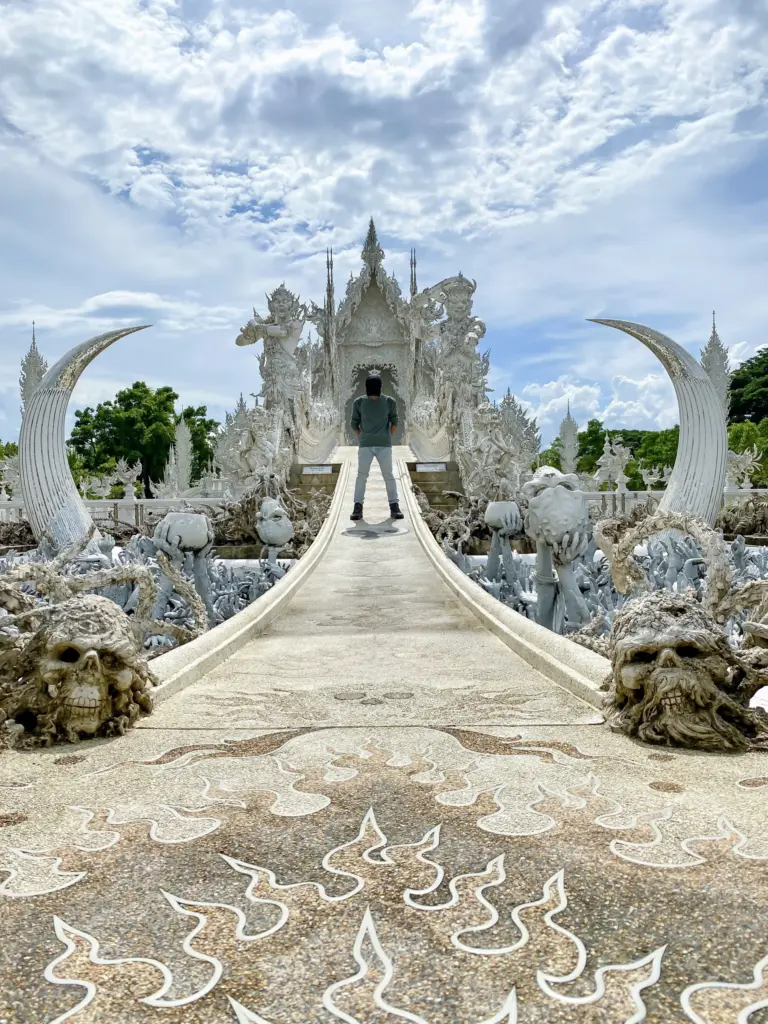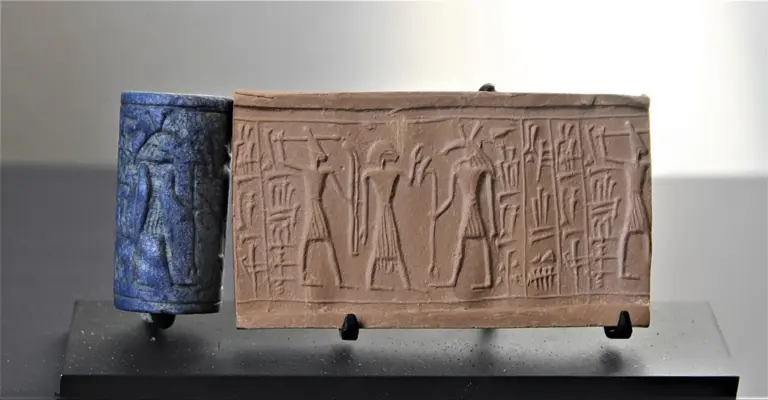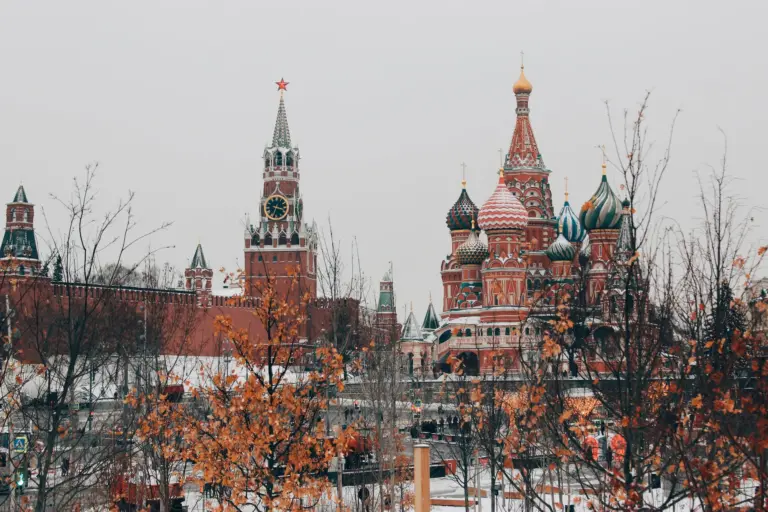Have you ever heard of the term “Religious Syncretism”? It’s a word that’s not in a lot of people’s vocabulary, that’s for sure. Simply put, it’s how two different spiritual traditions merge into creating a unique fusion of faiths.
It’s something I encountered a lot as I got to know the spiritual side of Japan and other countries with a diverse population such as Singapore.
In this blog post, we’ll dive deeper into the meaning of Religious Syncretism and how it happens. Plus, we’ll be looking at some real-world examples from various countries!
Table of Contents
Toggle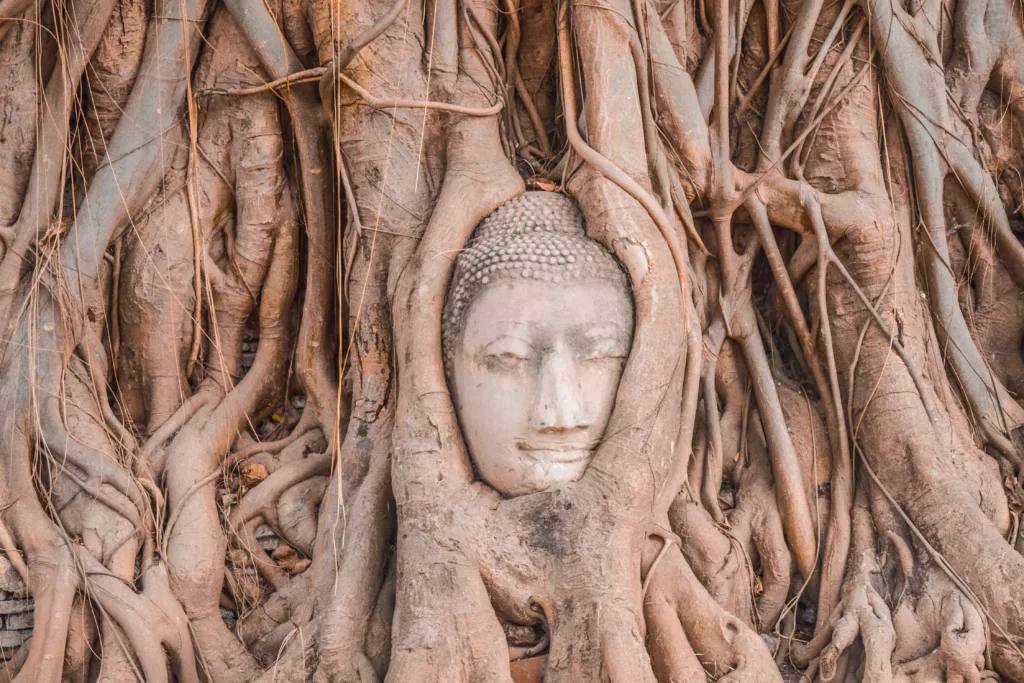
What is Religious Syncretism?
In essence, religious syncretism is like an adaptive strategy. It’s a way for cultures to reconcile conflicting beliefs, to find common ground, or to integrate new ideas into an existing religious framework.
And this happens in a variety of ways. Some cultures adopt aspects of a new religion while maintaining their traditional beliefs, while others form entirely new faith systems by combining elements from various religions.
And where did it all start? It’s hard to pinpoint an exact origin for religious syncretism, given its occurrence throughout history wherever different cultures have interacted. However, the term itself comes from the Greek word “synkretismos,” which describes the political alliance of Cretan cities in response to external threats.
It’s fitting then, that religious syncretism is also about forming alliances, but in the realm of spirituality.
One easy example that I’m sure you might be familiar with is when the Romans adopted the Greek deities into their pantheon. This was when Zeus became Jupiter, Poseidon became Neptune, Hades became Pluto, and so on.
Why is Religious Syncretism Important?
Religious Syncretism is a crucial aspect of our human experience that has direct implications for how we understand our multicultural world.
Religious syncretism is a huge nod to our collective capacity for flexibility. It shows us that religions are not closed systems but are capable of adaptation and growth. This ability to amalgamate different beliefs has helped faith systems endure over centuries, even in the face of sweeping social changes.
It also plays a significant role in fostering mutual understanding among different cultures. By appreciating the interweaving of various religious traditions, we can promote religious tolerance and cooperation, seeing shared elements rather than stark divisions.
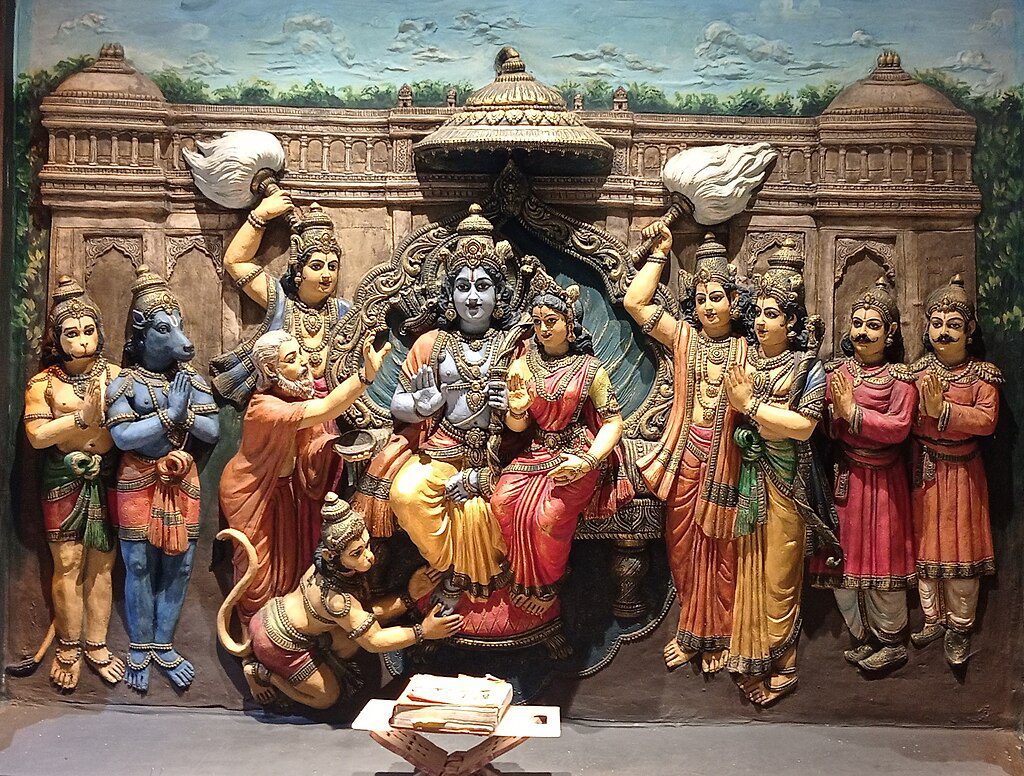
What Causes Religious Syncretism?
Religious syncretism is rarely a spontaneous event. It’s often born out of specific historical, sociological, and geographical contexts that prompt different religions to interact in significant ways. Here are some key factors:
- Migration: When people move, they bring their religions with them. This can lead to a merging of beliefs as migrants adopt elements of the local religion, or locals incorporate aspects of the newcomer’s faith.
Example: An instance of religious syncretism due to migration can be observed in Sikhism, a religion that developed in the Punjab region of South Asia. This faith integrated elements of both Islam and Hinduism, reflecting the diverse religious landscape of the region due to various migrations over centuries.
- Colonialism and Imperialism: These historical periods brought different cultures and religions into close contact, often under conditions of inequality and forced assimilation. In response, the colonized peoples might integrate their indigenous beliefs with elements of the imposed faith.
Example: Let’s look at the Maya people in the highlands of Guatemala. Despite the Spanish colonization and the introduction of Catholicism, the Mayas managed to maintain many of their indigenous religious practices by incorporating them into the new faith. A classic example of this is the worship of Maximon, a folk saint in Maya tradition, who is sometimes syncretized with the Catholic Saint Simon.
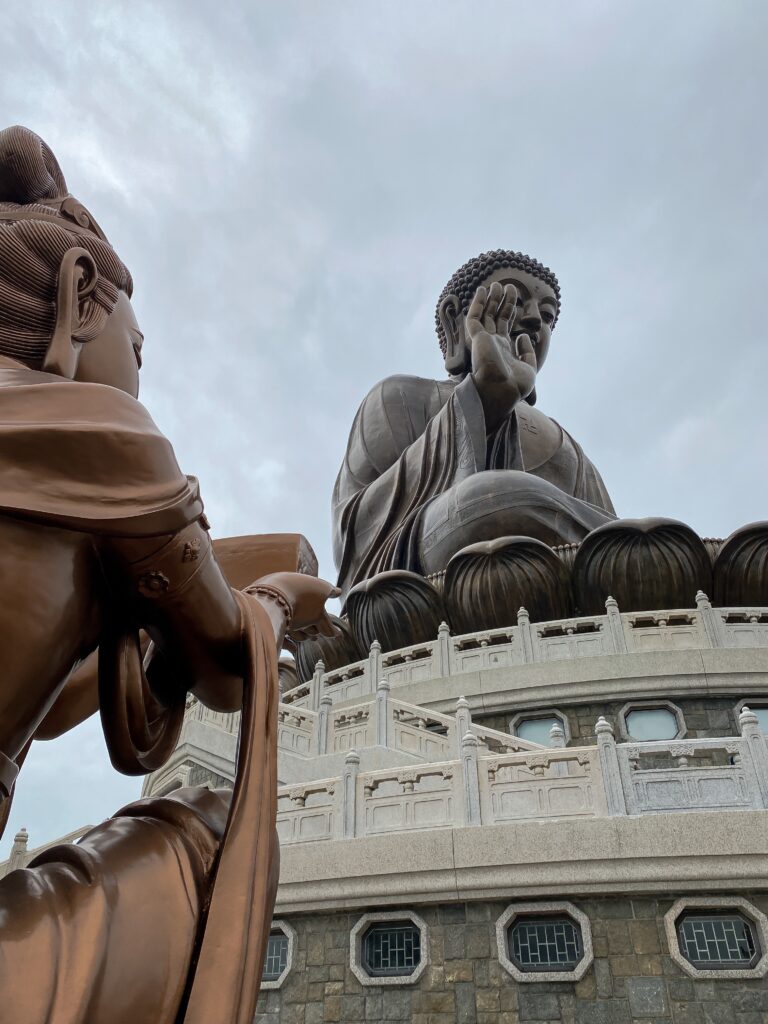
- Cultural Exchange and Trade: Not all forms of religious syncretism are products of conflict or coercion. Trade routes have historically been important channels for cultural and religious exchange.
Example: As Buddhism traveled along the Silk Road from India to China, it began to incorporate elements of Confucianism and Taoism, leading to the unique forms of Buddhism seen in China today.
- Religious Repression: Sometimes, religious syncretism arises as a survival strategy. In situations where a particular religion is suppressed, followers might disguise their worship practices under the guise of the dominant religion, creating a syncretic faith.
Example: Santeria, a religion practiced in Cuba and other parts of the Caribbean, developed among enslaved Africans who were forced to convert to Catholicism. To maintain their traditional Yoruba religious practices under the guise of Catholicism, the practitioners associated their gods, or Orishas, with Catholic saints.
Examples of Religious Syncretism By Country
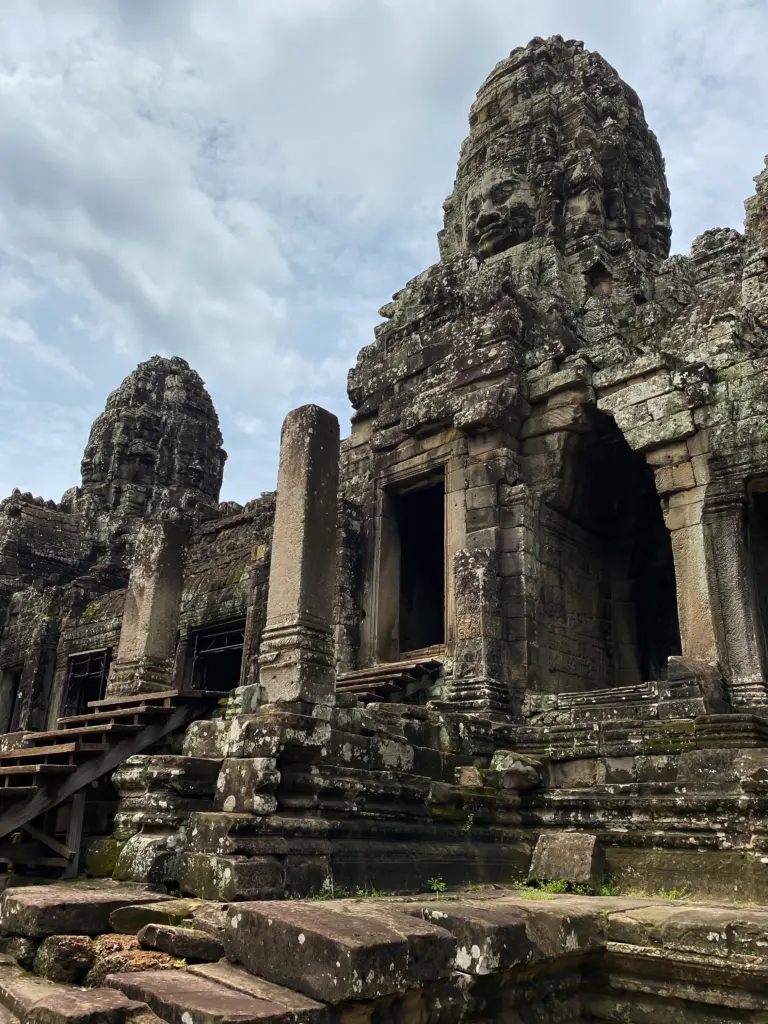
1. Religious Syncretism in Cambodia
In Cambodia, the profound influence of Hinduism is beautifully showcased in the Angkor temples of Siem Reap, such as Angkor Wat, Bayon, and Ta Prohm, initially built to honor Hindu deities.
However, with the advent of Theravada Buddhism, many of these temples transitioned into Buddhist sites, becoming a harmonious blend of the two religions.
2. Religious Syncretism in China
The primary religions in China include Buddhism, Taoism, and Confucianism, but many Chinese people practice elements of these religions simultaneously in a blend known as the “Three Teachings” or “San Jiao”.
This unique blend signifies not a dilution but a harmony of religious perspectives, with many Chinese integrating practices and philosophies from each. Alongside these, folk traditions and ancestor worship further enrich this spiritual tapestry. The result is a flexible, fluid interpretation of religion that embodies the essence of Chinese spirituality.
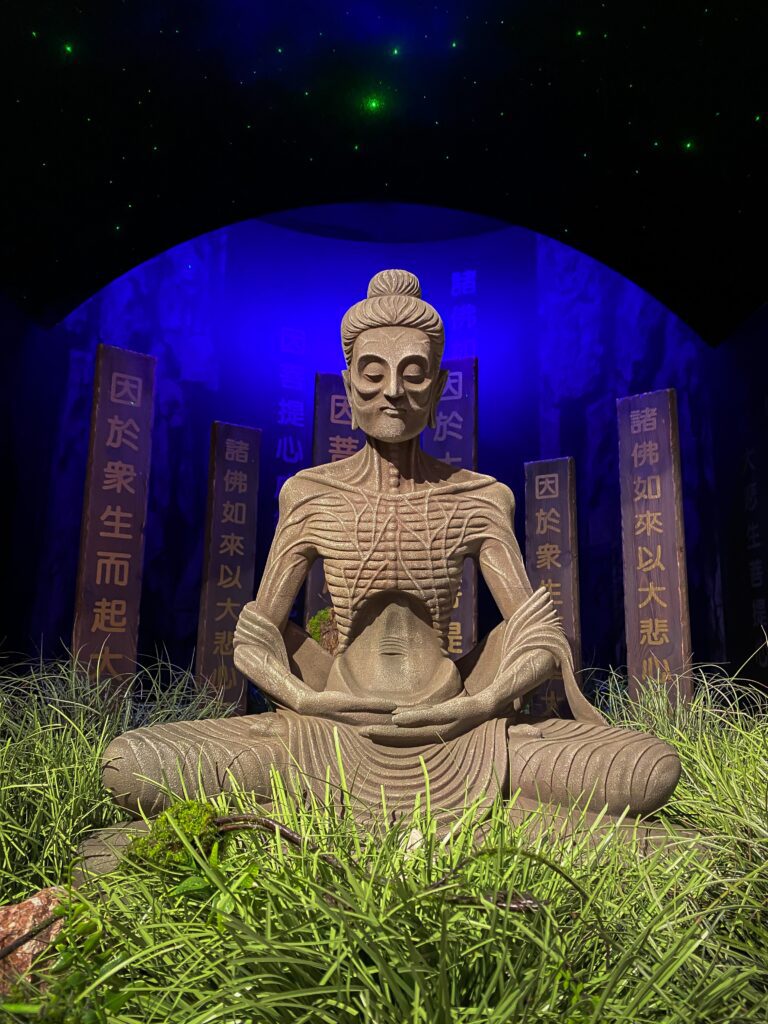
3. Religious Syncretism in Hong Kong
While I was traveling around Hong Kong, one of the temples that really impressed me was Wong Tai Sin Temple.
This bustling temple is dedicated to Wong Tai Sin, a Taoist deity famed for his healing powers, but it doesn’t stop there. Within its complex, there are also halls dedicated to Confucius and the Buddha, underlining the fusion of Taoism, Confucianism, and Buddhism.
4. Religious Syncretism in India
The best example I can give for India is the incorporation of the Buddha as an avatar of Vishnu though this wasn’t always the case.
According to Hindu beliefs, Lord Vishnu, the preserver and protector of the universe, takes various avatars on Earth to restore dharma.
The concept of “Dashavatara” or “Ten Avatars” is quite popular such as Rama, the 7th incarnation, from the Ramayana. Buddha is often included as one of these ten incarnations, usually the 9th.

5. Religious Syncretism in Indonesia
Bali stands out even within the diverse religious landscape of Indonesia due to its unique form of Hinduism known as Balinese Hinduism or “Agama Hindu Dharma”. This version of Hinduism, which is practiced by most of Bali’s population, is a mix of traditional Hindu practices, animistic beliefs, and elements of Buddhism.
Historically, Hindu and Buddhist ideas entered the Indonesian archipelago around the 1st century CE and intermingled with existing local animistic practices.
When Islam began to spread in the rest of Indonesia in the 13th century, Bali remained a stronghold of Hindu-Buddhist tradition.

6. Religious Syncretism in Israel
One might think of Jerusalem when it comes to religious syncretism but in this case, the three Abrahamic religions (Christianity, Islam, and Judaism) are quite distinct from each other.
Rather, I’m talking about the Baha’i Faith. Something that I encountered while in Haifa.
Baha’is believe that all the world’s major religions are revelations from God, each suited to the needs of its time and place. In this sense, the Baha’i Faith incorporates teachings from religions such as Judaism, Christianity, Islam, Hinduism, Buddhism, and Zoroastrianism. Baha’is see their faith as the most recent (but not the last) in this series of divine revelations.
7. Religious Syncretism in Jamaica
Rastafarianism, born in Jamaica in the 1930s, draws from various religious and cultural traditions.
The movement originated among working-class black people in Jamaica and incorporates elements of Old Testament Judaism, Christianity, Hinduism, and African spiritual practices.
Key aspects of the Rastafari belief system, such as the importance of Africa as Zion, or the Promised Land, reflect African spiritual concepts and the socio-political context of the time when the movement emerged, notably the Pan-African ideology.
The use of cannabis in Rastafari rituals also shows the influence of Indian indentured laborers in Jamaica and their cultural practices.
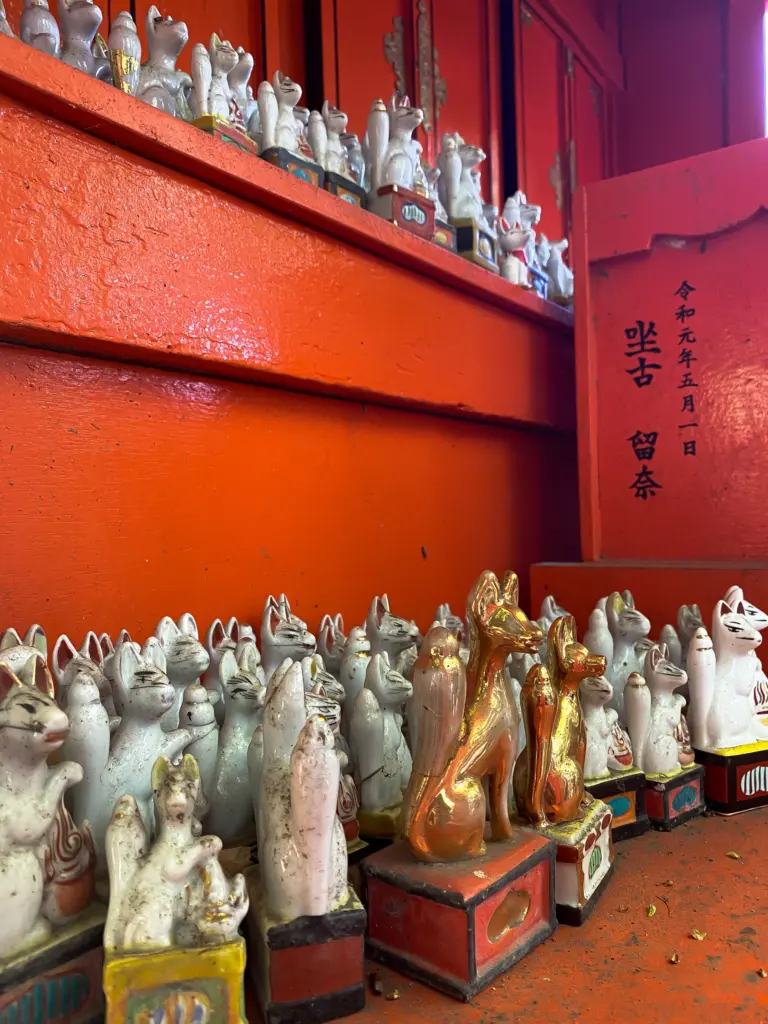
8. Religious Syncretism in Japan
Shintoism is Japan’s indigenous religion, rooted in the worship of nature, while Buddhism was imported from the Asian mainland over 1,400 years ago. Despite the initial friction, the two religions gradually found a unique way to coexist. The intermingling of Shinto and Buddhism is a phenomenon known as “Shinbutsu-shugo.”
You can find Kannon (also known as Guan Yin or Avalokiteshvara), a Mahayana Buddhist deity often found in Shinto shrines or Benzaiten, originally Saraswati from Hinduism, turned to a Buddhist deity and is known as one of the Seven Lucky Gods in Japan.
It’s quite funny actually cuz many Japanese people practice rituals from religions in their daily life without seeing any contradiction. They might celebrate a birth with a Shinto ritual, marry in a Christian-style ceremony, and hold a Buddhist funeral!

9. Religious Syncretism in Mongolia
Mongolia, historically known for its nomadic lifestyle, had Shamanism as its primary religious belief system, where the spiritual world was divided between the sky, earth, and underworld. They believed in the existence of various spirits inhabiting nature and animals, and Shaman acted as intermediaries between the human world and the spiritual world.
With the introduction of Tibetan Buddhism, also known as Lamaism, in the late 16th century by Altan Khan, Mongolia saw a gradual blending of these two religious traditions.
It’s not uncommon to see a person visiting a shaman in the morning and then going to the Buddhist temple in the afternoon!
Another example I’ve encountered is “Ovoo” worship, the practice of honoring heaps of stones as abodes of spirits. Originally a Shamanistic ritual that has been absorbed into Buddhism.

10. Religious Syncretism in Peru
Peru, home to the ancient Inca civilization, had a rich array of gods and spirits associated with natural elements like the sun (Inti) and moon (Mama Killa). With the Spanish conquest in the 16th century came the imposition of Roman Catholicism, but instead of completely replacing the indigenous beliefs, many of them were absorbed.
Such as the veneration of the Virgin Mary which parallels the indigenous reverence for Pachamama, the earth mother. In many indigenous communities, the two are seen as interchangeable, demonstrating the fusion of Catholic and Andean beliefs.

11. Religious Syncretism in Philippines
If you’ve ever been to the island of Boracay, maybe you might have heard of the Ati-Atihan Festival in Aklan. It was originally a pagan festival celebrating the Ati people, the indigenous inhabitants of Panay Island.
When the Spanish arrived, the festival was transformed into a Christian event in honor of the Santo Niño (Infant Jesus), but it still retains its indigenous roots through the use of body paint and tribal dance. Another similar festival is the Sinulog Festival in Cebu.

12. Religious Syncretism in Singapore
In Singapore, there are two temples: Kwam Im Thong Hood Cho, a Buddhist temple and the nearby Hindu temple, Sri Krishnan Temple. What’s so special about the two is that they have evolved to form a social practice coined as “cross-worshipping,” where devotees from either temple visit and pay their respects at the other. It’s one of the things I love the most about Singapore’s multi-cultural society.
Another temple I know of is Loyang Tua Pek Kong, this unique temple started as a shrine under a tree back in the 1970s. Today, it houses Buddhist, Hindu, and Taoist deities all under the same roof!
13. Religious Syncretism in Vietnam
In Vietnam, there exists a monotheistic syncretic religion known as Caodaism.
Founded in the 1920s in southern Vietnam, Caodaism is an amazing mix of Buddhism, Confucianism, Taoism, native Vietnamese spiritualism, Christianity, and Islam.
Caodaists believe that all religions are ultimately the same in their nature and all lead to the same spiritual truth. The God of Caodaism is an entity that encompasses all the main deities of the world’s major religions.
For instance, they regard figures like Buddha, Jesus, Muhammad, and Confucius as saints.

